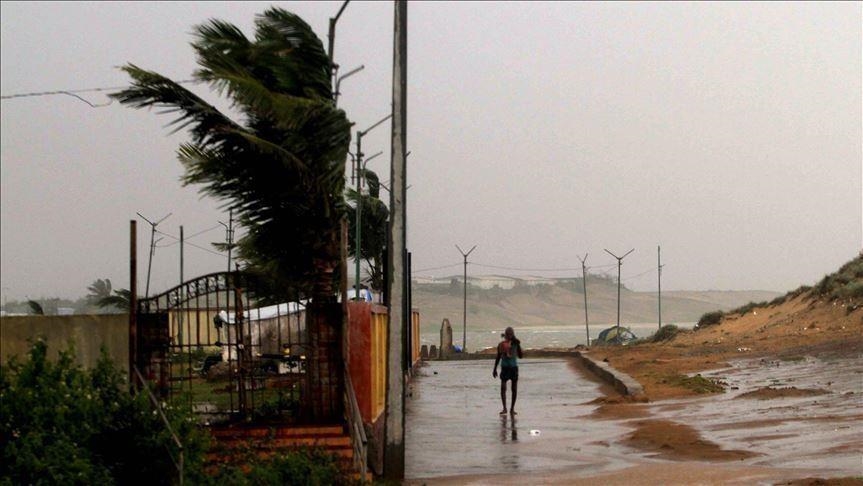GENEVA
The World Meteorological Organization (WMO) on Tuesday declared Tropical Cyclone Freddy the longest tropical cyclone on record, at 36 days.
The cyclone made landfall in the Indian Ocean basin, starting off the coast of Northwest Australia, and reached southern Africa in February and March 2023. It caused significant human and economic losses in the countries most affected.
A WMO international committee of experts recognized Freddy’s duration of “36.0 days at tropical storm status or higher as the new world record for the longest tropical cyclone duration.”
The previous record holder was Tropical Cyclone John in the North Pacific Ocean in 1994. According to the UN weather agency, it existed at tropical storm status or higher for a combined duration of 714 hours, or 29.75 days.
Freddy was also declared the second longest cyclone in terms of distance, as it travelled 12,785 kilometers ± 10 km (7,945 miles, 6,905 nautical miles) at tropical storm status or above. John covered 13,159 kilometers ± 10 km (8,177 miles, 7,105 nautical miles) at tropical storm status or above.
The WMO said that such a distance is “nearly 33% of the Earth’s circumference.”
“Freddy was a remarkable tropical cyclone, not only for its longevity but also for its ability to survive multiple land interactions, which unfortunately had significant consequences for southeast African populations,” Chris Velden, committee member and tropical cyclone/satellite expert from the University of Wisconsin in the US, said in a press release.
Due to its prolonged passage near and over land, Freddy was particularly destructive, especially in Madagascar, Malawi and Mozambique.
Over 1,200 people were reported dead or missing and more than 2,100 were injured in Malawi, the WMO said. In Mozambique, more than 1.3 million people were affected, with more than 180 deaths, while in Madagascar, nearly 200,000 people were affected by the first and second landfall.
The damage caused by Freddy is estimated at $481 million, according to the African Risk Capacity’s Tropical Cyclone Explorer model.

